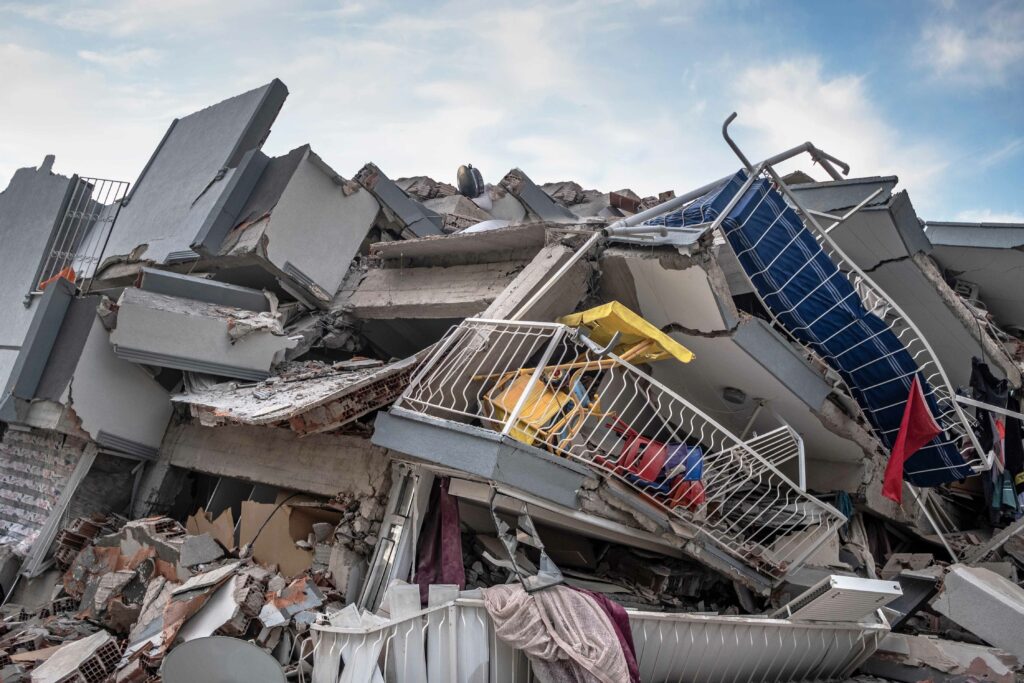The 2021 Surfside, Florida condo collapse resulted in the loss of 98 lives and has since become known as one of the most extensive structural failures in American history.
Ninety-eight lives were unnecessarily killed in the collapse. Since then, legislators have jumped to conclusions about causation and have rushed to put forward legislation to prevent collapses in the future. New requirements for Florida homeowners that set them up for financial failure as legislatures try to make up for lost time—for example, fully-funding reserves within a year, after allowing the associations decades of being able to waive the funding.
Fortunately, there have been no subsequent collapses or deaths. HOAs are now aware that infrastructures must be inspected sooner and more often, and associations have woken up to the absolute necessity of reserve studies, now including structural elements, and the importance of proper proactive reserve funding.
Ongoing inquiries aim to pinpoint the reasons behind the Champlain Towers South beachfront condominium’s structural collapse and identify steps necessary to avoid similar incidents in the future. Read on to learn about the role of condominium associations in safeguarding their community and the steps they can take to protect themselves from accidents and failures like the Surfside, Florida condo collapse.
We now know that the collapse could have been prevented. In 2018, the association was advised by an engineer retained to address the leaking planter on the pool level that a further inspection involving the infrastructure was necessary. Fatally, they ignored the engineer’s recommendation.
The Incident and Immediate Aftermath
The Surfside, Florida condo collapse occurred in the early hours of the morning of June 24th, 2021, catching many residents off guard. A search and recovery operation overseen by the Federal Emergency Management Agency (FEMA) lasted for about a month as rescue teams worked tirelessly to find and identify almost 100 victims.
Since the collapse, FEMA has allocated more than $100 million to support rescue operations and help survivors or others affected by the collapse while the ongoing investigation works to determine the cause of the collapse.
Also read: Understanding the Corporate Transparency Act for HOAs
Findings From the Investigation
The investigation into the Surfside, Florida condo collapse revealed several potential factors contributing to the disaster:
- Damage and maintenance: Long-term structural damage and insufficient maintenance may have played significant roles. The building had experienced significant deterioration over the years, particularly in its pool deck and concrete slabs.
- Historical faults: The initial 1970s construction did not meet standard building code requirements, which could have contributed to the building’s failure.
Investigators have also pointed out the condo association’s financial struggles. The board was aware of necessary repairs and had outlined a $15 million special assessment to help complete them, but it faced difficulties in securing the required funds and consensus among residents to undertake the expensive and extensive work.
Effects of the Surfside, Florida Condo Collapse
The Surfside, Florida condo collapse has raised questions about condo safety standards nationwide. One significant element holding back completing essential repairs is keeping adequate reserves—30% of associations have less than a third of what they need for major costs and emergencies. Champlain Towers South only had 6.9% of the funds it needed.
Only 11 states require associations to keep funds in reserve for major costs, including:
- Connecticut
- Delaware
- Florida
- Hawaii
- Illinois
- Massachusetts
- Michigan
- Minnesota
- Nevada
- Ohio
- Oregon
It is important to note that Florida and Illinois allow waiving the reserves if an owner’s meeting votes to do so. In Florida especially, the Champlain Towers Collapse has drawn attention to loopholes allowing associations to delay completing major maintenance and repair works deemed too costly and time-intensive.
However, the Surfside, Florida condo collapse has triggered legislators and regulators to be more focused on enforcing stricter building codes and ensuring regular, comprehensive inspections. For instance, Florida is working to enact new laws requiring more frequent inspections and more stringent compliance regulations with safety standards for older buildings. Legislators and regulators must find solutions that do not set up associations and unit owners for failure.
Also read: 10 Tips for Successful HOA Elections
The role of condo associations
Condo associations have a critical role in maintaining the structural integrity of their buildings. They are responsible for ensuring that necessary repairs and maintenance are carried out promptly and effectively. This includes:
- Adhering to updated building codes
- Conducting regular inspections
- Addressing any identified issues without delay
The Surfside, Florida condo collapse reminds us of the potential consequences of neglecting these responsibilities. Associations should take steps to secure the financial reserves they need to cover unexpected repairs and improvements so that they are ready for emergencies.
Protecting against liability
Given the significant risks and responsibilities, condo associations should consider comprehensive insurance coverage to help manage risk.
The right insurance covers property damage and addresses liability claims from accidents and failures within the building’s structure. It provides a safety net that can help associations navigate the financial and legal aftermath of unexpected incidents, safeguarding the association’s financials and the community’s wellbeing.
McGowan MPA’s Community Association Insurance is designed to provide financial protection against lawsuits and damages resulting from events like the Surfside, Florida condo collapse. By allocating funds towards insurance, condo associations can ensure their readiness to tackle unforeseen obstacles as part of the effort to maintain safe and stable living conditions for their community members.
For more information contact us.


